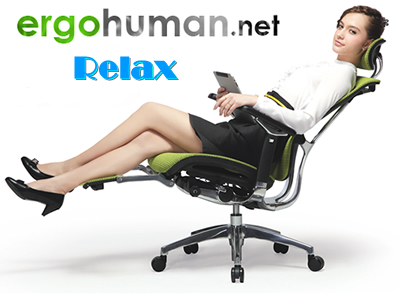If you know anything about office furniture, you’ll know that we’re now in the world of ergonomics. In a nutshell, this means making the office environment fit you. It means looking at your personal working space, your job responsibilities and also your body frame measurements and weight, to get the ‘best for you’ as regards to working conditions.

‘Getting it right’ will cover space, light, noise and overall sitting comfort:-
Space. A good ergonomic layout will mean that your work system is organised in such a way that you don’t have to carry heavy weights over long distances, you don’t have to overly stretch and you’re not working in cramped conditions etc..
Light. Good daylight is important and, where this isn’t possible, good simulated daylight is the next best thing. Knowing what type of lighting to buy for your office space is essential. Also bear in mind that a lot of light comes from your computer screen and this is going directly towards your eyes, which isn’t a good thing, as good light should always come from over your shoulder. I would always advise getting a filter screen for your computer, to reduce that ‘sunlight’ effect which really is too bright.
Noise. We now often hear of noise pollution and, in a busy office, pollution is often the case. For example, how often have you had to speak with call centre staff and can’t hear what your contact is saying as clearly as you can hear her colleagues? In that modern-day office, false walls in the form of screens are often used, to give that feeling of private space and to somewhat reduce the effect of the overall noise.
Overall Sitting Comfort. When it comes to seating, always look at ergonomic office chairs, as these are designed to offer many adjustments, making the chair of your choice match your overall needs. The Ergohuman range has several models, like the Ergohuman, the Ergohuman Plus, the Mirus, Enjoy and the Nefil. Spend some time finding out what these chairs offer. The features include seat tilt and glide, seat height, adjustable armrests, a lumbar support region and many other useful features and there are also additional extras, such as a headrest, a leg rest and a note table. Knowing what your job responsibilities ask of you will help you decide which of these additional extras are necessary.
Overall. An ergonomically-friendly environment makes work a pleasure and the day less stressful. It’s like any job, a bad workman always blames his tools, so getting the environment right for you means success all round.
It’s simply ergonomics.


